Stinky Cheese Man Turns 30! Scieszka! Smith! Creators Tell All

Imagine a world without a Stinky Cheese Man in it.
No… no… I take it back. Don’t. The thought is too terrible for the mortal mind to contemplate. Fortunately, it’s just a thought experiment. After all, thirty years ago two goofballs (and I call them this with all the love in my heart) decided to upend the picture book world with a title of pure incandescent silliness. The result: The Stinky Cheese Man and Other Fairly Stupid Tales, written by Jon Scieszka and illustrated by Lane Smith. Do you know the story of its creation? Maybe you do, maybe you don’t, but you won’t be able to get the truest truth unless you hear it straight from the horses’ mouths.
Friends and neighbors, one and all . . . I give you none other than the princes of peculiarities themselves . . . Jon Scieszka and Lane Smith:
Betsy Bird: Jon! So lovely to talk to you. So cast your mind back, my friend, to the earliest days of your career. To a time when you thought, for whatever reason, that a reinterpretation of fairy tales, not in a Rocky & Bullwinkle/Fracture Fairytales way but more a revolutionary give-the-fairytales-back-to-the-children kind of way, was a good idea. What were your influences when you came up with this idea? And where did it come from?
ADVERTISEMENT
ADVERTISEMENT
Jon Scieszka: BB! So great to be deep-thinking kid literature with you.
Funny you should mention Rocky & Bullwinkle – because it’s exactly that TV/comics/movies pop culture (that I devoured and loved as a kid) . . . crossed with high culture literature and art (that I devoured and loved as an older kid) . . . lightened and laser-focused by the practical experiences of teaching elementary school kids . . . that gave me the idea to mess with classic fairytales.
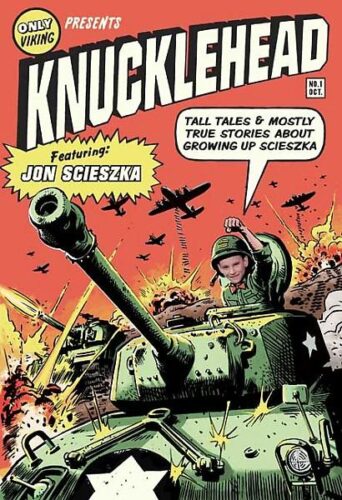
With the added flavor influence for the idea certainly coming from growing up as the second-oldest (and nicest) in a wild book-loving, joke-telling, prank-pulling family of six boys growing up in the Midwest in the 60s with a wisecracking pre-natal nurse mom and a laidback elementary principal dad.
The biographical path of the idea somehow runs from strict Dominican-nun-run elementary school in Flint Michigan, to mind-expandingly great teachers in Culver Military Academy in Culver Indiana, to pre-med undergrad thoughts and courses at Albion College, to a Masters-in-Fiction-Writing from Brooklyn College and Columbia University in NYC. All of which qualified me to paint apartments to make money. Then teach 2nd grade to find my true calling.
My mom read us Dr. Seuss, and Go, Dog. Go! I found my voice and love for parody in MAD magazine, Bob Newhart stand-up, Tom Lehrer songs, Monty Python anything, then the James Thurber / Robert Benchley / SJ Perleman / Dorothy Parker / Will Cuppy constellation of New Yorker writers.
My high school and college reading loves were Franz Kafka, Nietzsche, Jung … the metafiction writers Thomas Pynchon, Jorge Borges, Robert Coover, Nabokov, Gass, Calvino, Barth, Lem, Beckett . . .
And it’s that oldest metafiction, that strain of storytelling that refers to itself that always cracked me up. In Chaucer’s Canterbury Tales, Cervantes’ Don Quixote, Laurence Sterne’s Tristram Shandy . . . but also in Bugs Bunny, Daffy Duck, Screwball Squirrel cartoons, and Sluggo comics.
So when I taught 2nd graders, I read them my favorites – Arnold Lobel, James Marshall, Roald Dahl. And, mostly for my own entertainment, I started telling them my own Mr. Scieszka versions of say, Kafka’s Metamorphosis (“One morning, this guy woke up. And he discovered he had turned into a bug.”) Or Beckett’s Waiting for Godot (“Two guys are waiting around for this guy to show up. He keeps sending messages that he is going to show up. He never shows up.”). And those stories killed!
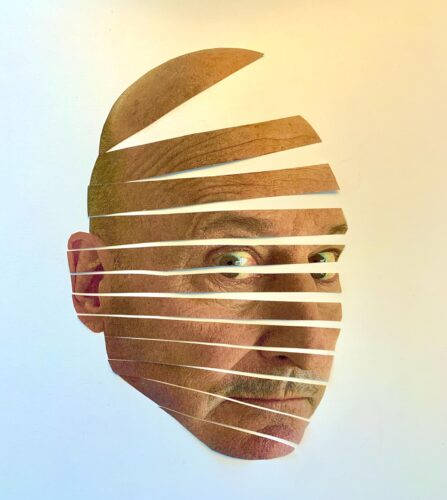
When I took off a year from teaching just to write stories for kids (and get them all rejected), I remembered telling those tales to my second graders. I realized I could write my own weird funny meta-fiction. Just for a much shorter audience than I had originally imagined.
Holy shit! That is the longest answer ever for: Where do you get your ideas?
But it’s a great question. And isn’t the answer always, ultimately: my whole life.
The other piece that is a huge part of my retelling kid book classics is what I learned from teaching – to entertain and engage the reader to get them to be the learner.
BB: I love that. Well, let’s take that question and run with it with Lane then. Lane Smith! Thank you so much for talking to me today! When STINKY CHEESE MAN came out, lo these many years ago, it incorporated a visual style almost more in keeping with REN & STIMPY than, say, the D’Aulaires n’ such. I don’t know that I’ve ever learned precisely what your artistic influences were at the time. Who were you invoking when you created that art? It had a whiff of Underground Comics to it, but maybe that’s my own interpretation. Who were your greatest influences at the start?
Lane Smith: Hi Betsy. Actually, I was never a fan of underground comics. My illustrations have always been about mixing high-brow and low-brow: Jean Dubuffet meets Charles Schulz meets Paul Klee meets the Provensens. But you are correct in assuming animation had an influence on Stinky. The Other Frog Prince for instance was probably influenced by Jan Svankmajer’s stop motion film, Alice. And of course, all of the instances of characters leaving stories or talking directly to the reader came right out of Tex Avery’s MGM fairy tale parodies. That jaw dropping cow…. that’s very Tex Avery.
BB: Oh, yes! Though I have to admit that I did NOT expect Jan Svankmajer to get name dropped today. By extension, would you say that those are still your biggest influences now? Or does a person, as they create, look elsewhere for inspiration? What guides your art nowadays?

LS: When I was younger and illustrating for magazines in New York City I looked to the artists mentioned above and also European illustrators and bookmakers like Sendak and Edward Gorey. Also, when I was a kid, my mom was an antiques dealer and our house was like an emporium full of very old dolls and toys and puppets, all weathered and chipped and textured. I guess all of that was in my head early on. Stop motion was a big influence too and I remember when Henry Selick called me back in the early 90s to work on the puppets for the movie James and the Giant Peach I brought some of my Stinky Cheese Man originals that were in progress at the time. He took me into a production office and showed me sketches of Sally from Nightmare Before Christmas, which was in its early stages. His Sally and my Cinderumpelstiltskin had similar patched-together clothes! We both had that hands-on aesthetic that comes from growing up with puppets. Today, for the last twenty years or so, I have lived in the country and my inspiration now seems to come from sticks, rocks, leaves, animals. The stuff that’s all around me. I will say, the one constant in my art throughout the years has been texture. You will see a lot of it in every one of my books. Maybe the shapes and characters are more stylized in some and more realistic in others but in all of my books there’s a strong emphasis on texture.
BB: Absolutely. Jon, let’s talk a bit about STINKY CHEESE MAN itself. Was there anything you originally wanted to do in STINKY CHEESE MAN that didn’t make it to the final cut?
JS: When Lane and I plotted out STINKY, we carefully and consciously made sure to mess with every element of storytelling (setting, action, plot, narrator…) and book making (endpapers, title page, ISBN #, author bios…). And I don’t think we missed anything. But there were a few other stories. Like The Boy Who Cried Cow Patty (which we printed as BONUS! on the inside of the dust jacket of the STINKY 10th Anniversary edition) and Goldilocks and the No Bears, which never made it into any book. And definitely a few more that are buried somewhere in my basement.
BB: Lane, similar question. Was there anything you wanted to do or try with the original STINKY CHEESE MAN that never made it to print? Maybe it was a bad idea or simply didn’t work on the page. Did anything end up on the proverbial cutting room floor?
LS: Oh, lots of things. But Jon, Molly and I were working on our feet, improvising stuff. Everything changed daily. Jon would write a story like Jack’s Story with the text repeating itself and he might say he envisioned the type going in a circular loop. And I might say, “Charlip already did that in Arm in Arm.” and Molly might say “You guys are doing so much crazy stuff It’s getting messy. How about if it simply gets smaller and smaller and bleeds off the page? It will look cleaner.” Then we’d all agree and go into the next room and play ping pong. We also talked about tearing a corner off one of the pages. The publisher said No. Ha!
BB: I never thought about Remy Charlip before in terms of this book, but you’re dead right. It’s there. Now Jon, along with STINKY CHEESE MAN you had books like THE TRUE STORY OF THE THREE LITTLE PIGS and SQUIDS WILL BE SQUIDS. Was there a moment when you worried you might get trapped in fairytale parodies forever? What broke you out of that mode?
JS: Stinky was what broke us out.
3 Pigs was our first book (1989).
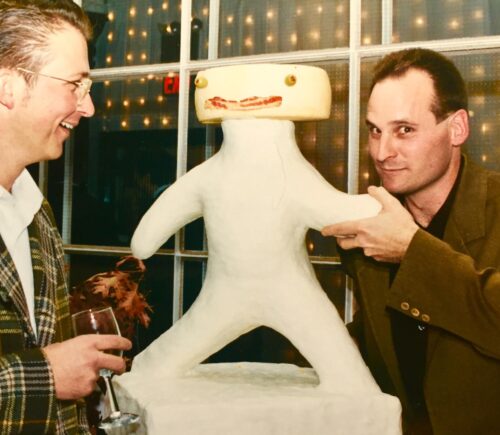
It was pretty quickly a huge success. So of course the Sales and Marketing departments wanted us to do The True Story of Snow White, The True Story of Hansel and Gretel, and The True Story of Every Fairy Tale Ever.
But Lane and I agreed that we absolutely did not want to become only “Those Fairy Tale Retelling Guys”. I published The Frog Prince, Continued with Steve Johnson illustrating (1991) because I had the story written, and really loved it.
But Lane and I kept hanging out, and reading 3 PIGS to every school in the world, and we wanted to read something else to kids. So I dug out some stories I had written back when I was getting rejected for that year, that I called Fairly Stupid Tales. I wanted to show kids that not every story works. And these stories included The Really Ugly Duckling, Jack and the Bean Problem, The Princess and the Bowling Ball. I read these to both 8th graders and 1st graders. And they all howled. So Lane and I decided we could put these all in 1 book and blow up all the fairytales in one fell swoop. And we did.
The Stinky Cheese Man and Other Fairly Stupid Tales (1992).
Now proudly 30 years aged, and more pungent than ever.
SQUIDS is a deconstruction of Fables that we did in 1998.
So Lane and I don’t count that as a Fairytale retelling.
BB: Lane, along those lines, I just want to talk a bit about some of the books you’ve been doing lately, that have kept up this sense of play and whimsy that we once saw long ago with STINKY CHEESE but that represent a tonal shift here in 2022. This year you’ve released A GIFT FOR NANA, designed by the incomparable Molly Leach. It’s the kind of book where the text is relatively silent while the art does the talking. And when I say “art” I mean a mix of gesso, oils, “cold wax” and Procreate digital work, which I know (because you told me) is a bit new. Can you talk a bit about how your style has evolved over the years from those early days and where you find yourself now?
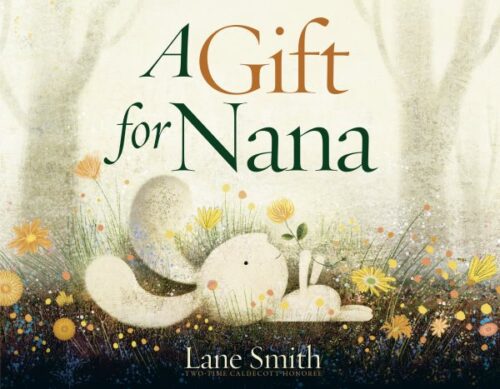
LS: I’m not sure the text is “relatively silent” as you say. I think I used more words in that book than in any of my previous books (except maybe John Paul George & Ben). A Gift for Nana was an homage to my late mom (everyone called her Nah-nah) and it is loosely based on a true story of my 8-year-old self making a long trek to buy her a gift (to add to her already overstuffed house of dolls and toys!). And yes, Molly is the very best in the field. For our Nana book, like Stinky, she brought out the best elements of the story without upstaging it.
I feel like I am now doing the best work of my 40-plus year career: A Perfect Day, A Gift for Nana… these books remind me of some of my early books like The Big Pets. Here in Connecticut, Molly converted a large barn into a painting studio and filled it with nearly every book I have ever owned. During the pandemic I began painting very large textural canvases. Some as tall as 6 feet using gesso and wax and dirt and paint and collage. Every day for the past couple of years I would either paint or sit all day with the children’s books that have meant the most to me over time. Books by William Steig, Natalie Babbitt, E.B. White, the Provensens, Kate DiCamillo, Sendak. I came out of lockdown completely recharged with my latest books exactly where I want them to be. Kind of like the time so long ago when Jon, Molly and I cooked up some stinky cheese.
BB: Jon, for your part, your latest venture THE REAL DADA MOTHER GOOSE harkens back to STINKY CHEESE in some ways, playing off of our familiarity with nursery rhymes (rather than fairy tales) and twisting them in interesting ways. But DADA MOTHER GOOSE, unlike STINKY CHEESE MAN, is almost more about wordplay than visual oomph. You’ve shifted, in a sense, from fractured fairy tales to almost interrogating the legitimacy of original texts. We see it in books like BATTLE BUNNY. Kids are always poking at the stories adults hand them, then creatively mucking them up. How has your subversion changed over the years from STINKY to DADA GOOSE?
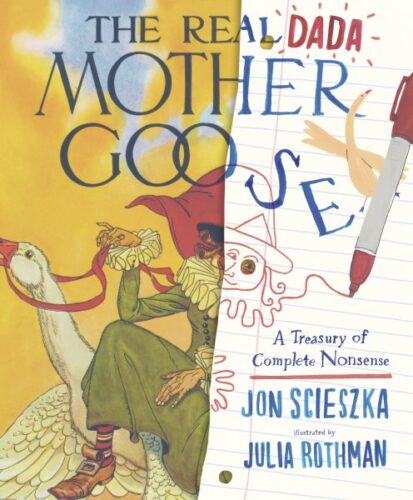
JS: I think my subversion has stayed pretty much the same from first PIGS to most-recent DADA GOOSE. It’s just a case of me getting into more new/old stories to mess with … always in that same secretly educational way that I hope will intrigue my kid readers to do read, and laugh, and be inspired to do the same.
It’s mostly just the choice of illustration style to best complement the stories that has resulted in the different looks. Matt Myers’ BATTLE BUNNY art is the perfect look of a 10-year-old kid taking over a sappy Golden Book tale. The more subdued Julia Rothman’s re-mixing the 1916 Blanche Fisher Wright illustrations is wonderfully in the same style as the re-mixed text.
BB: Finally, what are you two working on now? What’s next on your plate?
LS: I just finished Stickler Loves the World featuring the Stickler character from A Gift for Nana. It came about from my walks with my cat Lulu and dog Jojo. (On our morning walks through the woods I point things out to them. “Our world is so beautiful and strange. Guys, look at this tree bark! Isn’t it amazing!” They never answer.) Anyway, those walks led to a book about a stick creature named Stickler pointing out the cool things in his world to a Crow who can’t see a thing because his head is stuck in an empty tin can. It’s funny, but there’s a lot of truth in it too.
JS: After all these amazing questions, digging into the depths of Scieszka educational re-mix parody fun, the answer seems like the only one it could be. I’m just finishing up a goofy hard-eyed re-mix re-invention of that fun times classic from 1484, one of the very first illustrated books to ever be printed, the William Caxton classic – Aesop’s Fables!
Though these retellings were birthed in the depths of our recent plague and meltdown of political sanity, so they are a bit darker than previous Scieszka tales.
A heady mix of updated fables, animal-walks-into-a-bar jokes, and Zen koans. With more cursing. More ugly truths about us humans.
My first book meant for older kids, and adults who can handle it.
Fresh Fables for Tough Times
Out sometime next year.
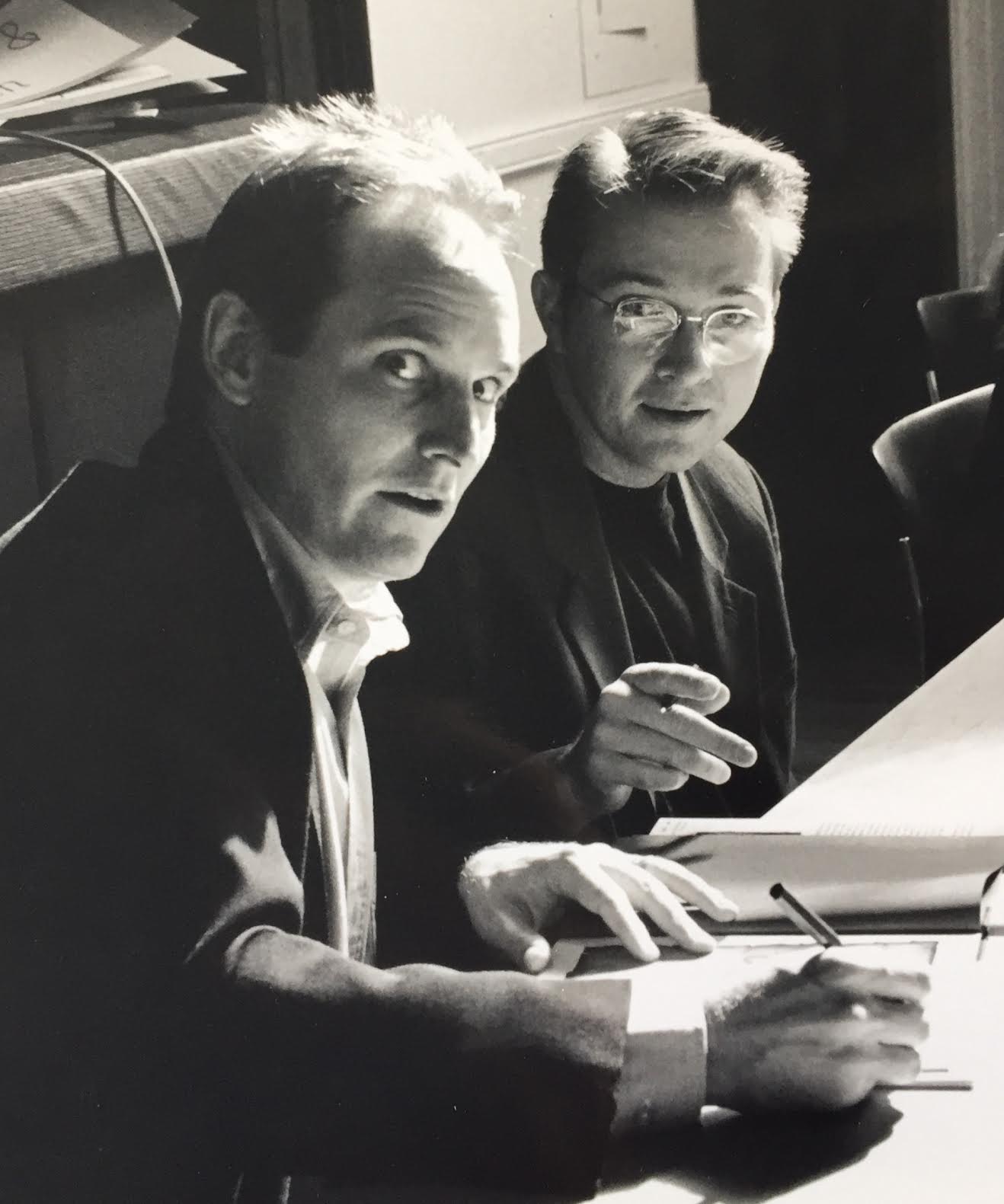
I am so very grateful to both Jon and Lane for taking the time to answer my questions today. Thanks too to Caroline Sun at Sun Literary Arts for helping me put all of this together. Stinky Cheese Man raucously continues to be in print, so find it wherever fine books are sold or borrowed.
And to close us out, I present to you, my favorite book-related stuffed animal of all time:

Filed under: Interviews
About Betsy Bird
Betsy Bird is currently the Collection Development Manager of the Evanston Public Library system and a former Materials Specialist for New York Public Library. She has served on Newbery, written for Horn Book, and has done other lovely little things that she'd love to tell you about but that she's sure you'd find more interesting to hear of in person. Her opinions are her own and do not reflect those of EPL, SLJ, or any of the other acronyms you might be able to name. Follow her on Twitter: @fuseeight.
ADVERTISEMENT
ADVERTISEMENT
SLJ Blog Network
Name That LEGO Book Cover! (#53)
Exclusive: Vol. 2 of The Weirn Books Is Coming in October | News
Fighting Public School Book Bans with the Civil Rights Act
Take Five: Middle Grade Anthologies and Short Story Collections
ADVERTISEMENT

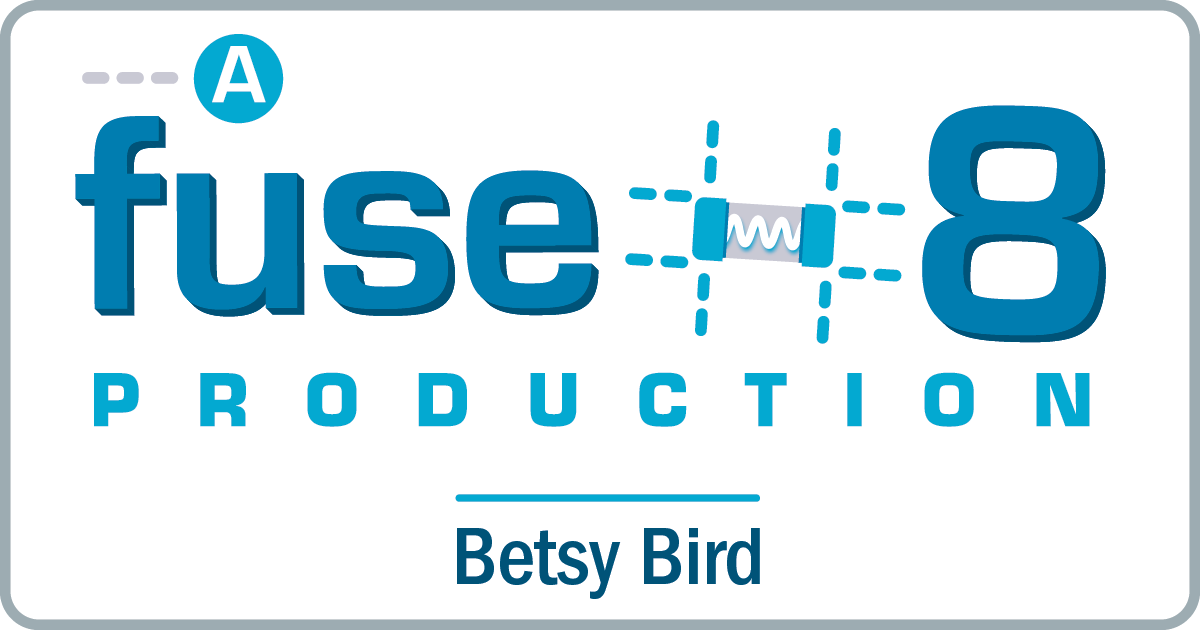

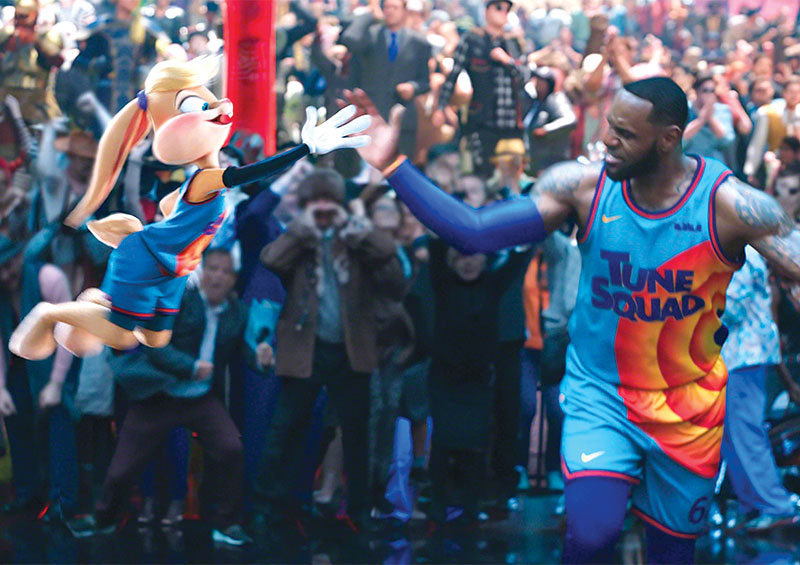
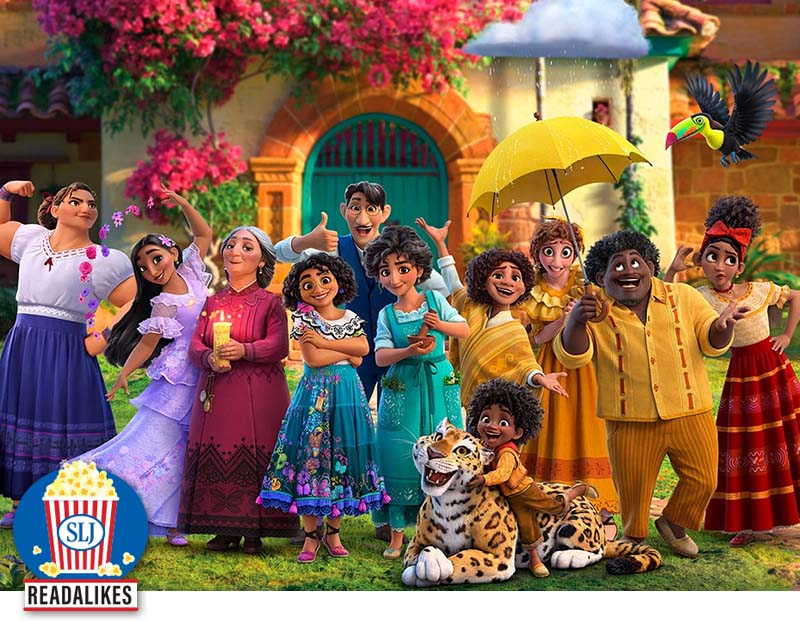
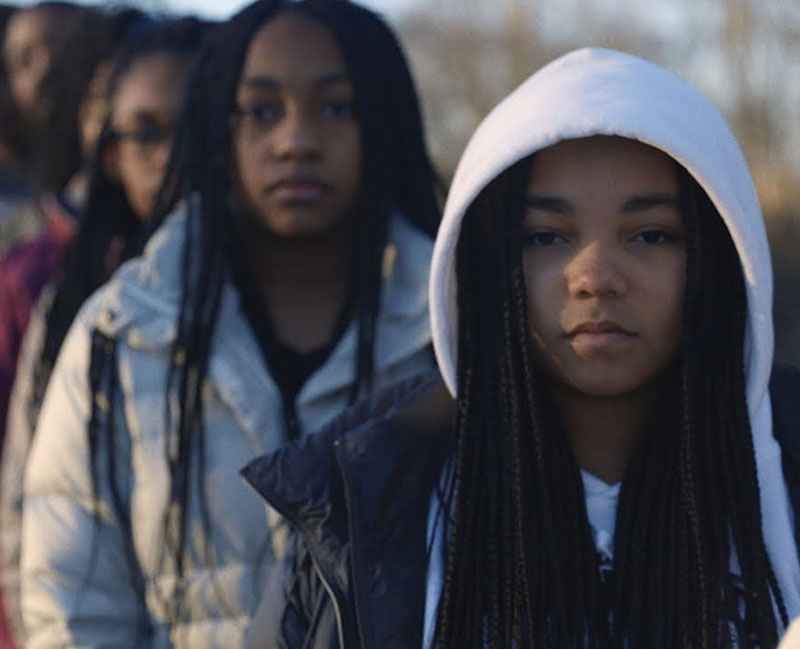
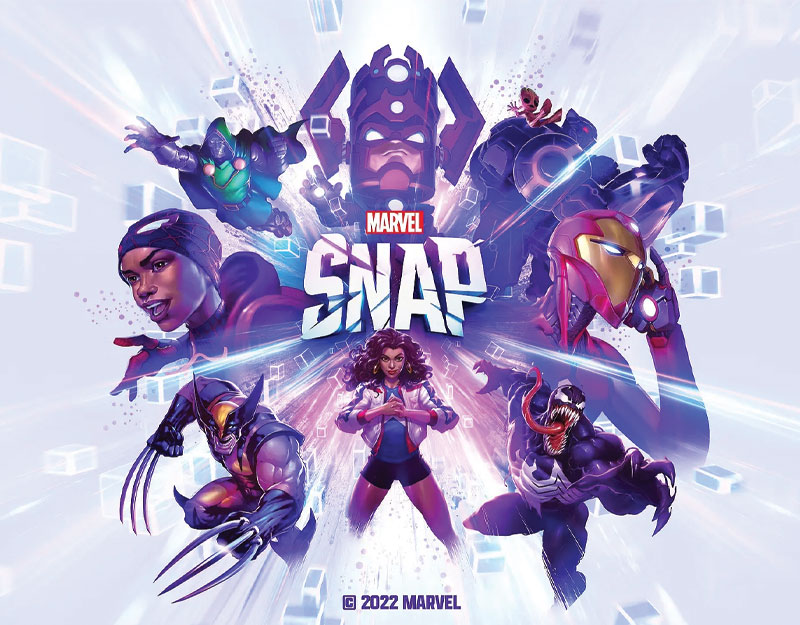

I was in 5th grade the year The Stinky Cheese Man came out and I remember our librarian reading it to us! Definitely an enduring book!